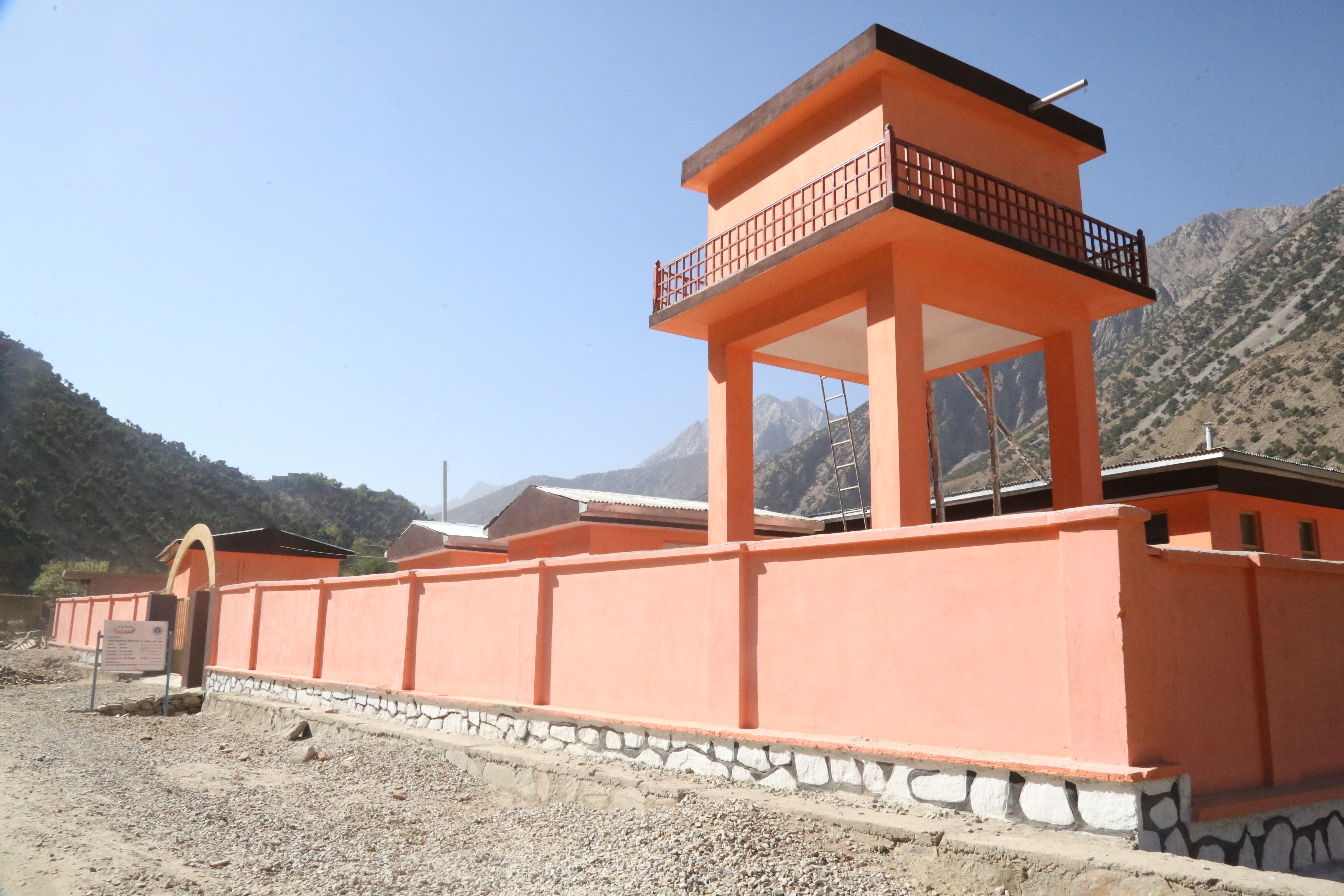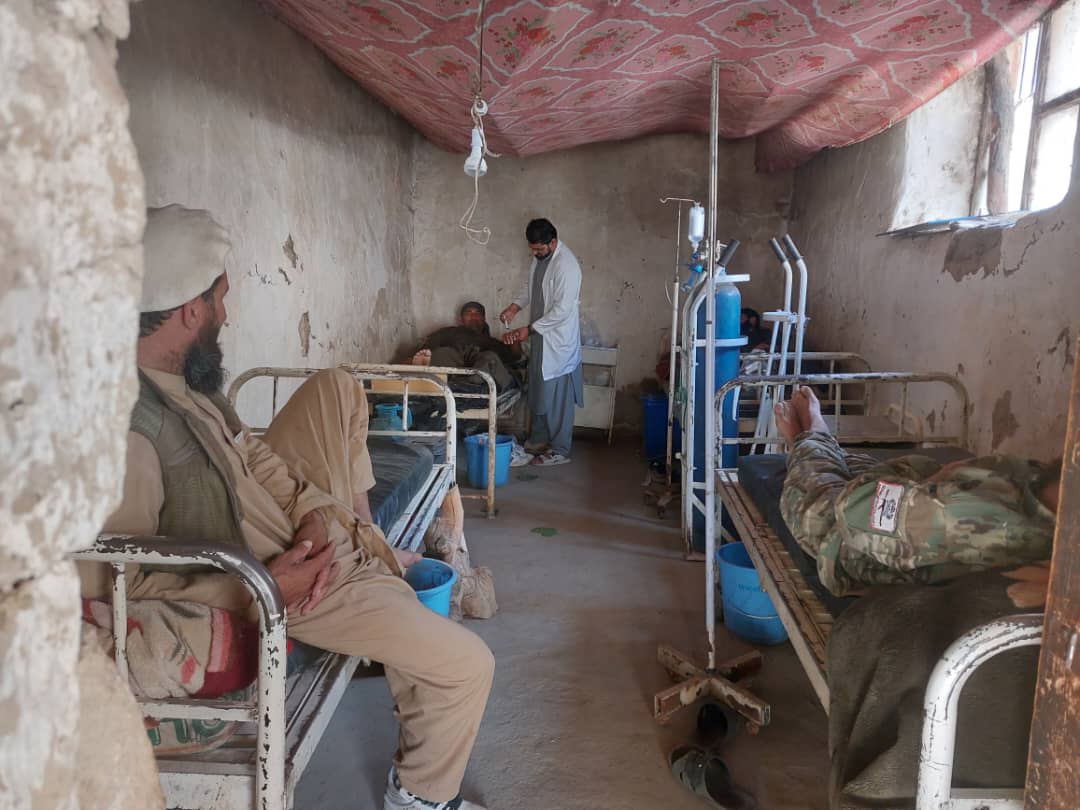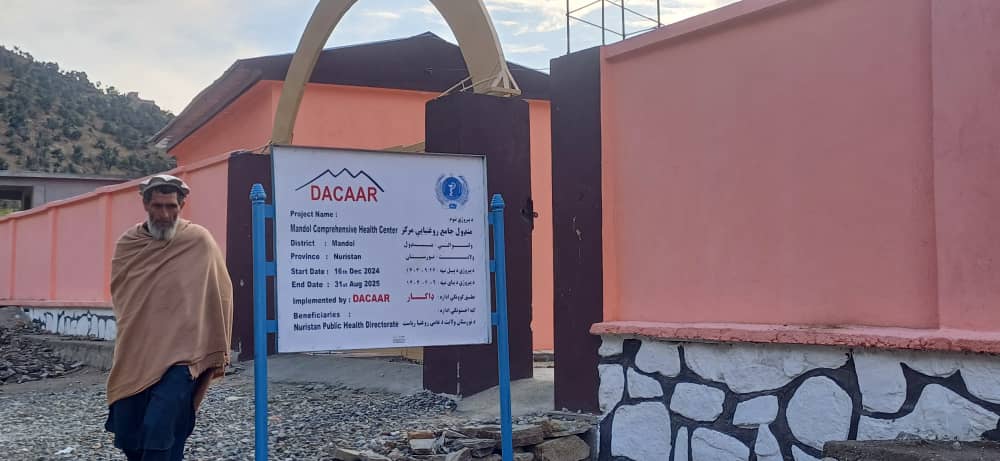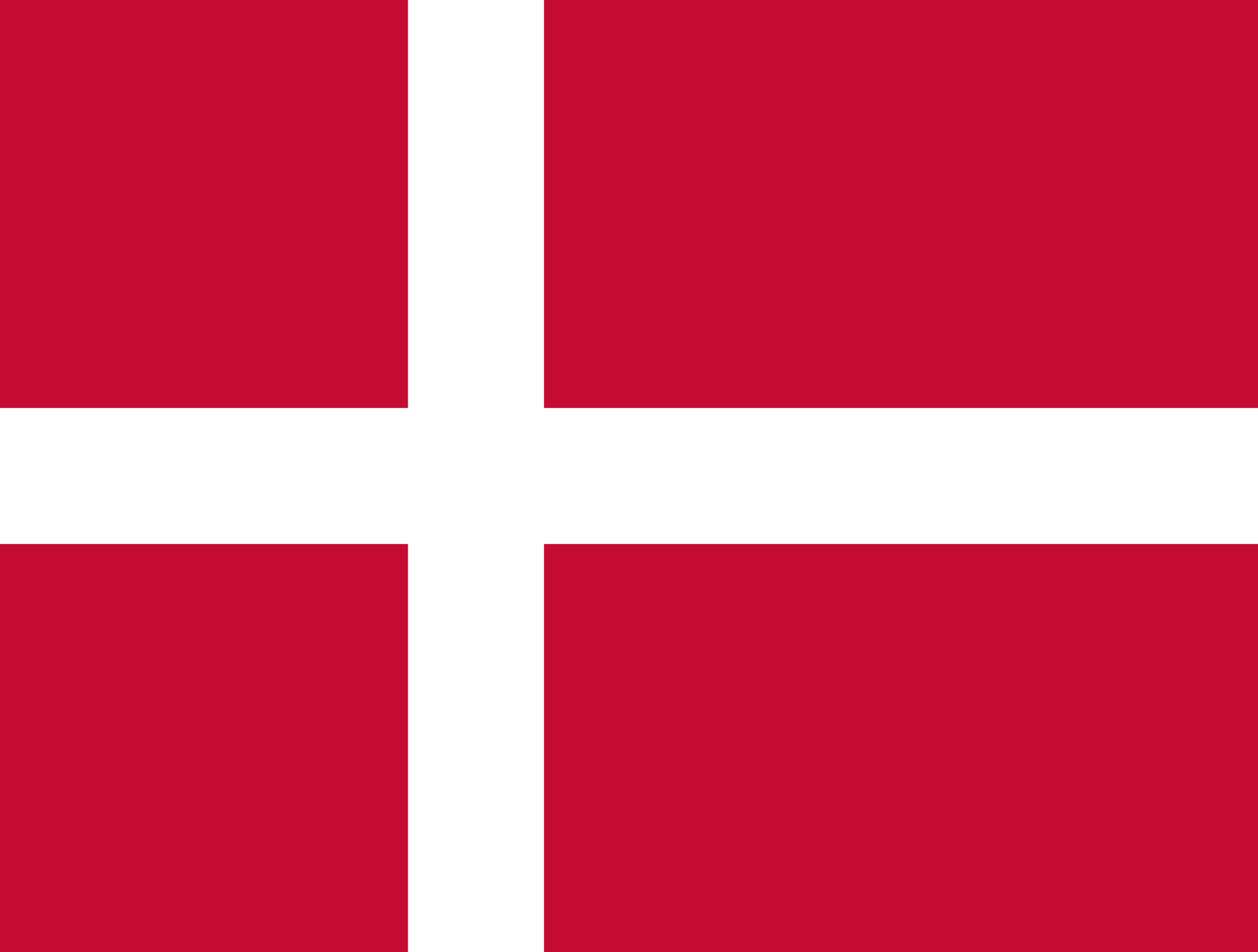A Ray of Hope in the Mountains of Mandool
In the remote and rugged mountains of Mandool, Nuristan, life has always been a struggle. This breathtakingly beautiful yet painfully remote district is surrounded by towering cliffs and narrow valleys that make travel difficult and limit access to basic services such as proper schools, roads, and healthcare centers.
For years, the community’s only clinic operated out of a small, rented mud house. It was never meant to serve as a health facility; the walls were cracked, there was no clean water, no electricity, and no proper ward for patients. Mothers gave birth in unsafe conditions, and the lack of a gynecology ward meant many women and newborns didn’t survive childbirth.
The journey for serious medical care was grueling. Patients had to travel all the way to Mehtarlam in Laghman province. “I still remember the nights when families would rush their loved ones to the clinic, only to be told they needed to go to Mehterlam,” recalled Haji Ghulam Sidiq, a 49-year-old farmer and father of fifteen. “The journey took eight to nine hours on dangerous, rocky roads. Many patients never made it that far. Sometimes it was too late. We felt helpless. Delays were deadly.”
For Haji Ghulam and the people of Mandool, illness often meant heartbreak. “We lost mothers, children, and elders because there was simply no place equipped to help them,” he said softly, his eyes filled with memories of loss.

That began to change when DACAAR, with support from the Solidarity Committee for Afghanistan (SCA), launched the Rural Development Program from December 2024 to August 2025. The project brought new life to Mandool by constructing and improving essential health infrastructure. The facility that once struggled to save lives now stands strong and modern. Plastering, tiling, painting, and the installation of electricity gave it a new life. A solar-powered water supply system with an elevated tank ensures clean water year-round, while newly built rooms, a kitchen, and well-designed footpaths make the clinic safer and more welcoming. Protective railings and other finishing works completed the transformation, turning what was once a rented mud house into a proper healthcare center, one that the people of Mandool can finally rely on.
“Now our clinic is clean, spacious, and well-lit,” Haji Ghulam said with pride. “Patients can be treated here in Mandool without traveling those dangerous roads. Mothers can give birth safely. This project has saved lives.”
The change is not only physical; it’s deeply emotional. Hope has returned to a place where despair once lived. The people of Mandool now speak of the future with optimism. “We are very happy. DACAAR helped us in a critical time. The clinic saves us time, money, and most importantly, lives,” said Haji Ghulam.
Still, the community hopes for a few more improvements. “Our clinic is near the river. We need a protective wall to prevent flooding. And we wish for more professional doctors, nurses, medicines, and an ambulance; so no one is ever left helpless again.” He explained.
As the sun sets over the high peaks of Nuristan, the lights of the new clinic shine like a small star in the valley, a symbol of resilience, care, and a brighter tomorrow for 1,375 families in Mandool.

Pre-project status of Clinic ward, rented house

Ghulam Sidiq resident of Mandool
Written by: Israrullah Sahil
 Danish
Danish